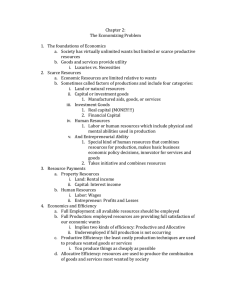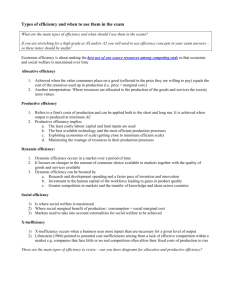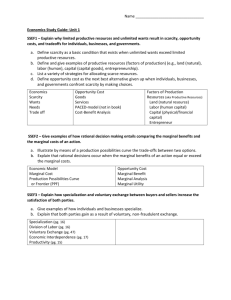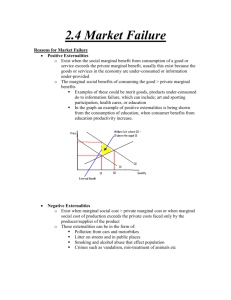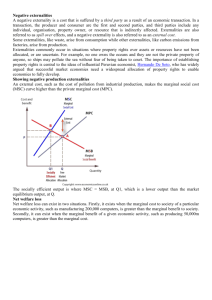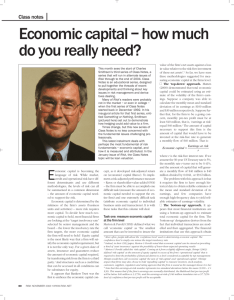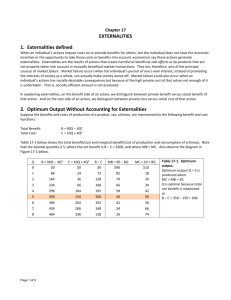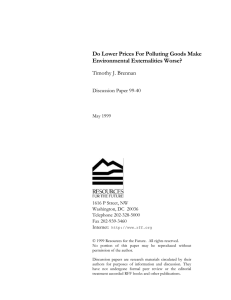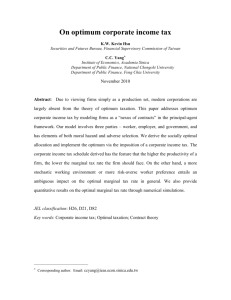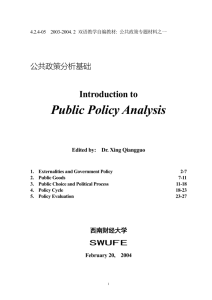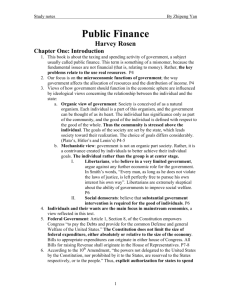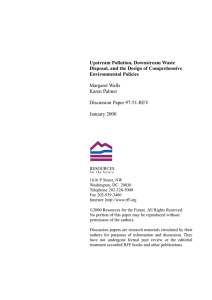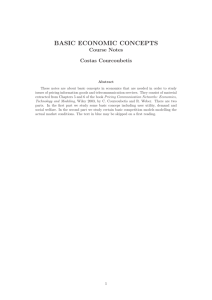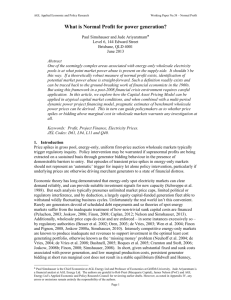economic efficiency
advertisement
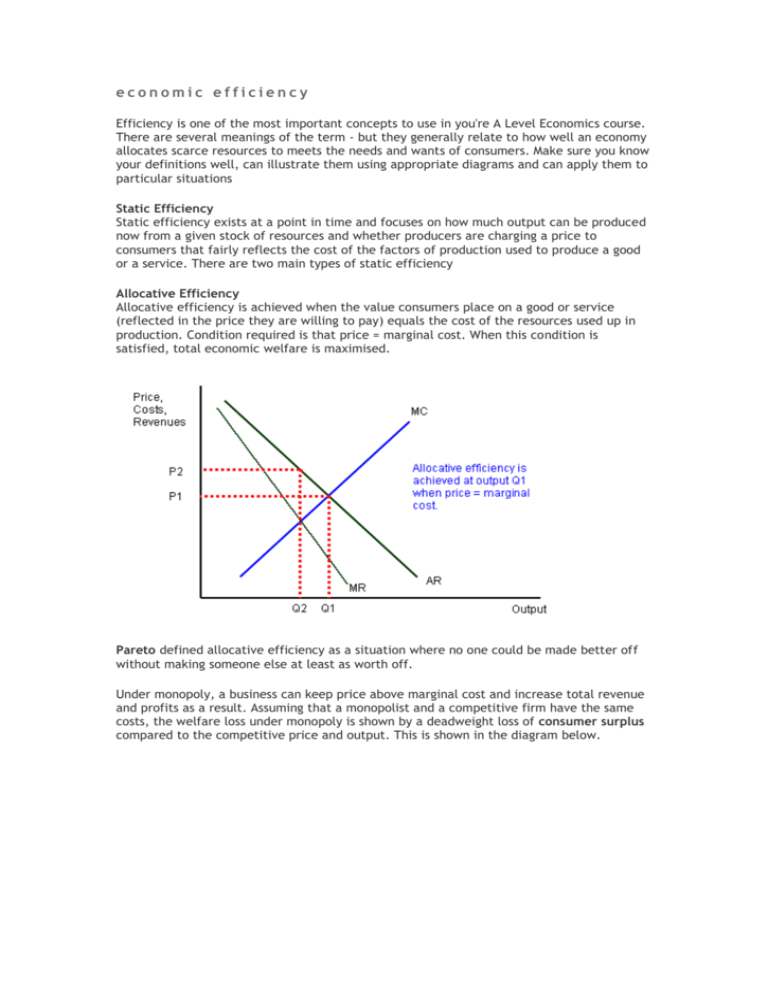
economic efficiency Efficiency is one of the most important concepts to use in you're A Level Economics course. There are several meanings of the term - but they generally relate to how well an economy allocates scarce resources to meets the needs and wants of consumers. Make sure you know your definitions well, can illustrate them using appropriate diagrams and can apply them to particular situations Static Efficiency Static efficiency exists at a point in time and focuses on how much output can be produced now from a given stock of resources and whether producers are charging a price to consumers that fairly reflects the cost of the factors of production used to produce a good or a service. There are two main types of static efficiency Allocative Efficiency Allocative efficiency is achieved when the value consumers place on a good or service (reflected in the price they are willing to pay) equals the cost of the resources used up in production. Condition required is that price = marginal cost. When this condition is satisfied, total economic welfare is maximised. Pareto defined allocative efficiency as a situation where no one could be made better off without making someone else at least as worth off. Under monopoly, a business can keep price above marginal cost and increase total revenue and profits as a result. Assuming that a monopolist and a competitive firm have the same costs, the welfare loss under monopoly is shown by a deadweight loss of consumer surplus compared to the competitive price and output. This is shown in the diagram below. This can be illustrated using a production possibility frontier - all points that lie on the PPF can be said to be allocatively efficiency because we cannot produce more of one product without affecting the amount of all other products available. Point A is allocatively efficient - but at B we can increase production of both goods by making fuller use of existing resources or increasing the efficiency of production. Productive Efficiency Productive efficiency refers to a firm's costs of production and can be applied both to the short and long run. It is achieved when the output is produced at minimum average total cost (AC). For example we might consider whether a business is producing close to the low point of its long run average total cost curve. When this happens the firm is exploiting most of the available economies of scale. Productive efficiency exists when producers minimise the wastage of resources in their production processes. Trade-offs between efficiency and equity There is often a trade-off between economic efficiency and equity. Efficiency means that all goods or services are allocated to someone (there’s none left over). When a market equilibrium is efficient, there is no way to reallocate the good or service without hurting someone. Equity concerns the distribution of resources and is inevitably linked with concepts of fairness and social justice. A market may have achieved maximum efficiency but we may be concerned that the "benefits" from market activity are unfairly shared out. Social Efficiency The socially efficient level of output and or consumption occurs when social marginal benefit = social marginal cost. At this point we maximise social economic welfare. The presence of externalities means that the private optimum level of consumption / production often differs from the social optimum. In the diagram above the social optimum level of output occurs where social marginal cost = social marginal benefit (point B). A private producer not taking into account the negative production externalities might choose to maximise their own profits at point A (where private marginal cost = private marginal benefit). This divergence between private and social costs of production can lead to market failure.
